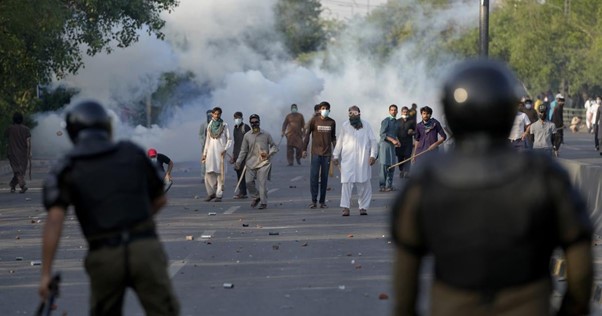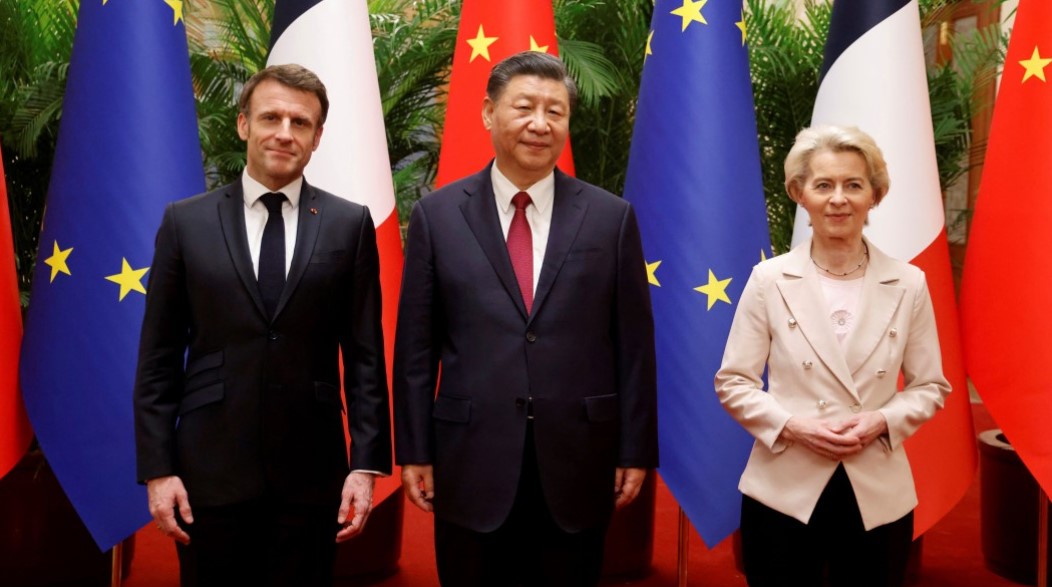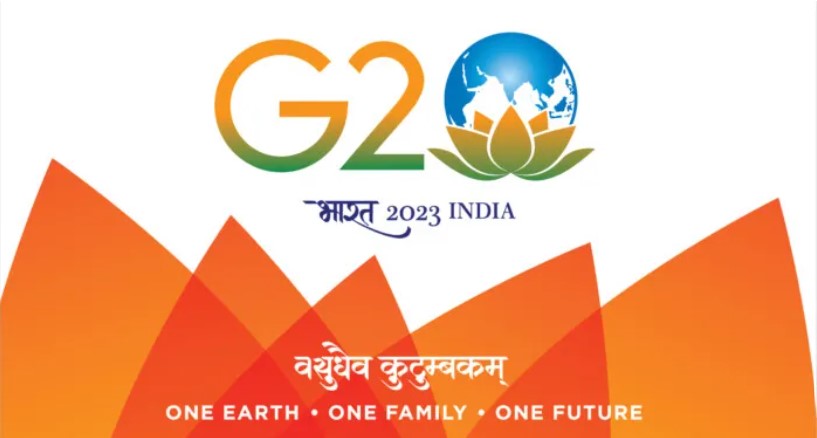
China’s Real Interest in the Mountains is not Land, It’s Water
Wed, 19 Apr 2023 | Reading Time: 4 minutes

China’s real interest in the mountains is not LAND, it is the WATER. China-India tensions in the Himalayas is shifting from confrontation and sabre-rattling over contested border territory to a potentially more destabilizing conflict over water flows from the world’s highest mountain range. The heart of the issue is China’s plan to construct a mega-dam on the Yarlung Zangbo River, which flows through Tibet and eventually becomes the Brahmaputra when it enters India. Precise technical details are lacking, but regional media reports indicate it will likely dwarf the massive Three Gorges Dam on the Yangtze River and generate three times as much electricity for distribution in China.
The Yarlung Zangbao Dam plan is moving ahead without China discussing or entering into water-sharing agreements with downstream India or Bangladesh. China’s apparent lack of consultations with downstream neighbors follows a pattern that has already sparked controversy and angst in Southeast Asia. China has built eleven mega-dams on the Mekong River, causing water levels there to fluctuate widely without prior notice in Myanmar, Laos, Thailand, Cambodia and Vietnam. In late December of 2021, China reduced water discharge from a dam to test its equipment near the town of Jinghong in southern Yunnan province from 1,904 cubic meters to 1,000 cubic meters per second, according to reports. It took almost a week for China to inform the downstream countries of the move, which wasn’t enough time for downstream countries to prepare, resulting in disruptions in shipping and commerce. Water levels had already dropped a meter at Thailand’s Chiang Saen, where the Mekong forms the border with Laos, China’s announcement was made only after the Washington-based Stimson Center’s Southeast Asia Program’s Mekong Dam Monitor, which uses satellite imagery to keep tabs on water levels along the river, notified the Mekong River Commission, a regional cooperation organization of which China is not a member.
Some analysts believe China is using its leverage over water flows as a stick to win concessions from downstream Southeast Asian states on other issues, including in regard to its Belt and Road Initiative. It’s possible China is trying to establish a similar dynamic with India with its Yarlung Zangbao Dam designs. But if a water-sharing agreement isn’t reached, the dam could cause more bilateral conflict than compromise in the future. After Indian and Chinese forces fatally clashed in Ladakh in the western Himalayas in June last year and a 2017 border stand-off near the border with Bhutan, anger is building in India over China’s unilaterally decided hydroelectric power scheme. In Bangladesh, which maintains cordial relations with China, protests over the Yarlung Zangbao Dam have also been heard. On December 1, Reuters quoted Sheikh Rokon, secretary-general of the Bangladeshi environment campaigners Riverine People, as saying multilateral discussions should be held before China builds any dams and that “China’s downstream neighbors have a legitimate cause for concern. Water flow will be disrupted.”
The water controversy is heightening already inflamed anti-Chinese sentiments in India, and thus could have an impact on regional security. China claims most of the Indian state of Arunachal Pradesh, where the Brahmaputra flows across the border, and refers to it as “South Tibet.” In 1962, India and China fought a short but bitter border war in that area and although the situation has been mostly peaceful since then, the actual border remains undemarcated and heavily militarized on both sides. Perhaps in an attempt to probe India’s defenses — or just as a provocation meant to underline its territorial claims — Chinese troops have in recent years made frequent incursions across the de facto but not de jure border. They have frequently painted Chinese characters on rocks in remote areas to stake Beijing’s claim. In September, the Chinese abducted and then released five Indian youths who had gone hunting in northern Arunachal. In the first week of January, in apparent response, New Delhi announced a series of new road-building projects in Arunachal, evidently meant to strengthen India’s hold of the China-claimed territory.
Since the confrontation in Ladakh, India has also established more outposts along the 1,126-kilometer line of actual control that separates Arunachal from China-controlled Tibet. Before that, in 2017, India announced that it would construct two Advanced Landing Grounds — or small airstrips — in northern Arunachal. That move came after China had renamed six places in Arunachal to make them sound Chinese. For its part, China has begun the construction of a railroad that will run parallel to the Arunachal frontier and connect the city of Chengdu in China’s Sichuan province with Linzhi in Tibet. It will be the second railroad project that connects Tibet with the rest of China, the first being the line from Xining in Qinghai province to Tibet’s capital Lhasa, which was completed in 2005. According to the Communist Party mouthpiece the Global Times, the new line “will not only accelerate and enhance overall economic development of the Tibet region, but will play an important role in safeguarding border stability.”
China is among driest nations with more than a quarter of its land classified as desert, China is one of the planet’s most arid regions. Beijing is besieged each spring by raging dust storms born in Inner Mongolia, where hundreds of square miles of grasslands are turning to desert each year. In other parts of the nation, say diplomats and economic development specialists, Chinese rivers are either too polluted or too filled with silt to provide all of China’s 1.3 billion people with adequate supplies of freshwater.
Chinese authorities have long had their eyes on Tibet’s water resources. They have proposed building dams for hydropower and spending billions of dollars to build a system of canals to tap water from the Himalayan snowmelt and glaciers and transport it hundreds of miles north and east to the country’s farm and industrial regions. Why is Control over Water important for China:
- An estimated 70 percent of China’s rivers are polluted, leaving an estimated 300 million people with limited access to clean water.
- Tibetan Plateau are receding faster.
Disclaimer
The opinions expressed in this article are the author’s own and do not reflect the views of Chanakya Forum. All information provided in this article including timeliness, completeness, accuracy, suitability or validity of information referenced therein, is the sole responsibility of the author. www.chanakyaforum.com does not assume any responsibility for the same.
Chanakya Forum is now on . Click here to join our channel (@ChanakyaForum) and stay updated with the latest headlines and articles.
Important
We work round the clock to bring you the finest articles and updates from around the world. There is a team that works tirelessly to ensure that you have a seamless reading experience. But all this costs money. Please support us so that we keep doing what we do best. Happy Reading
Support Us




















POST COMMENTS (1)
Susanna Sackett